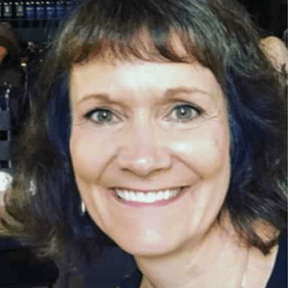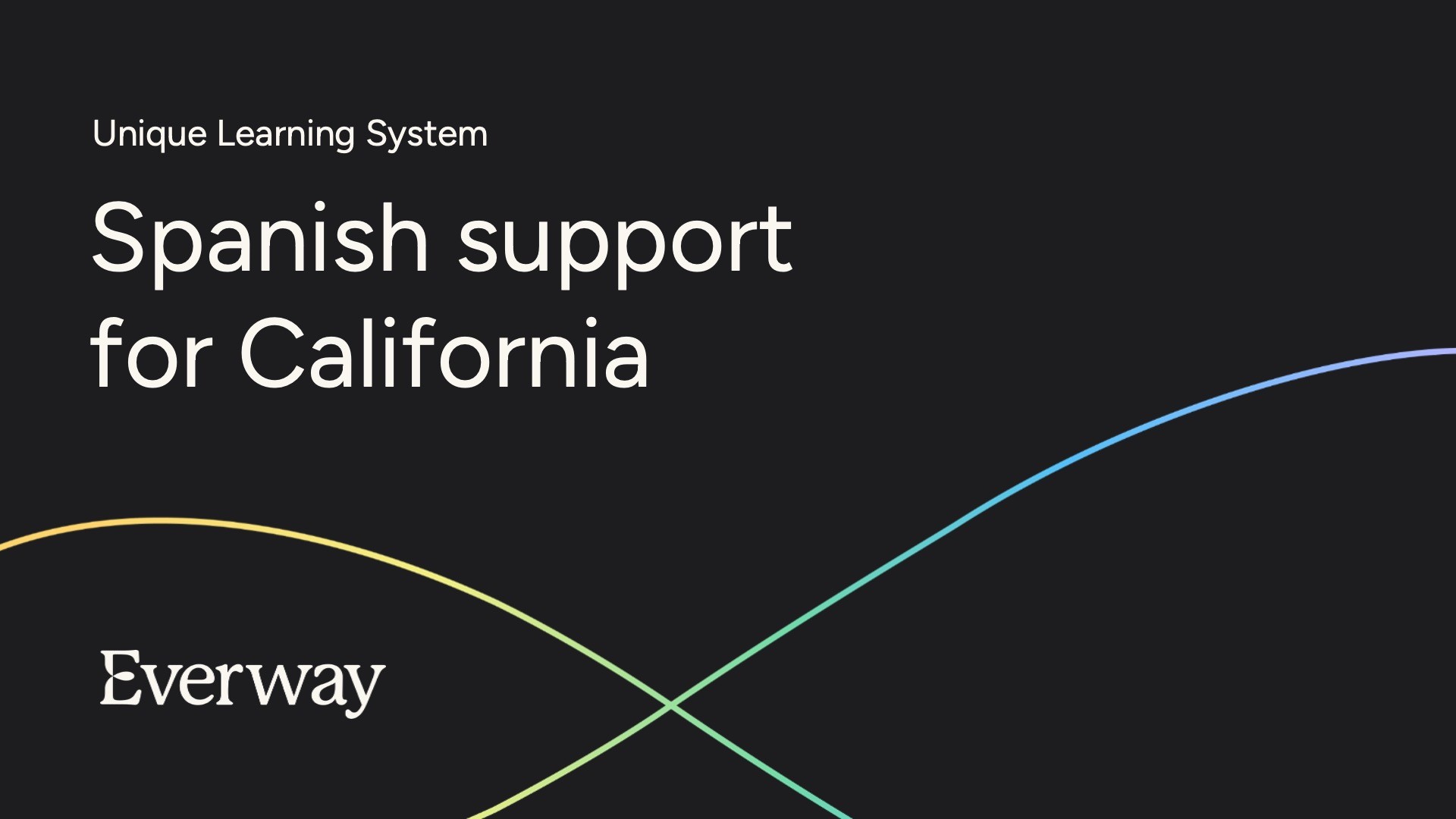So, what might those teaching opportunities look like?
When students are involved in making predictions, inferring, and determining what else might be added to a theme, story, or experience, their engagement is much greater. Consider the use of narrative language when planning for students to ask and answer “Wh” questions.
Narrative Language
Narrative language activities can involve games, picture or chapter books, comics, and personal stories. Here are some options for asking and answering “Wh” questions.
Games
Place pre-written questions using the five “Wh” words (who, what, where, when, why) and how into a cup. Allow students to draw a question to answer.
Try the six-sided dice game in which each number on the die represents a “Wh” question. For example, 1 is a “what question,” 2 is a “where question,” 3 is a “who question,” etc. Give each student the opportunity to roll the die and answer the corresponding question.
Picture and chapter books
Have students develop questions as they look at the various pictures within the book while reading. Prior to starting, make sure to set the expectation for this activity: determining the “Wh” questions we might want to ask throughout the story. I set a minimum of three “Wh” questions that they will need to think about, ask someone else, or answer themselves.
For example, when students review the cover of a book, they might ask and answer the following “Wh” questions:
- Who is the main character in the story?
- Where does the story take place?
- What time of day is it?
Comics
Students can take newspaper comics or create their own through blank pages or electronic templates. When designing a comic, give students a template before they begin illustrating it. The template is a simplified form that addresses who is in the story, where the story takes place, what event will occur, and when the story takes place. I have students complete this first so that they are prepared and organized as they develop their stories.
Personal stories and events
No matter what happens in our students’ lives, whether it’s a small or large event, every story is worth telling. This is a great opportunity for teachers to build rapport with our students, finding out the good and maybe the not-always-positive experiences that they have been through.
Sequencing events may be difficult for some students because they may not have the language skills needed to put the story in order. Break down the events using “Wh” questions to help students share their story, their personal events, and the lives that they are leading.
Final Thoughts
Games, books, comics, and personal stories are just a few ways we can further develop students’ skills in narrative language. Asking “Wh” questions can help your class identify important information, developing their thinking while promoting a higher level of engagement.



